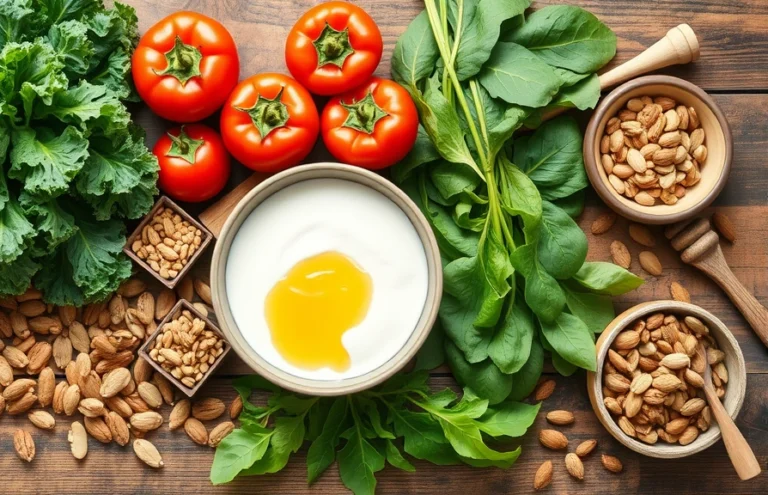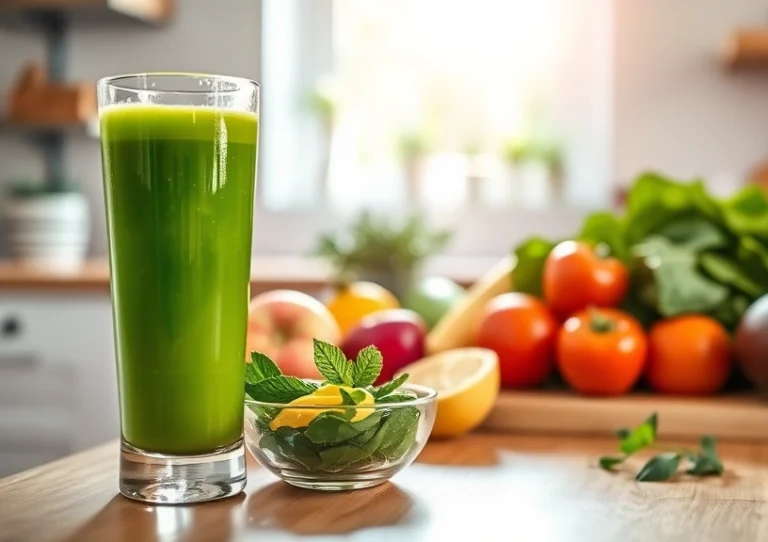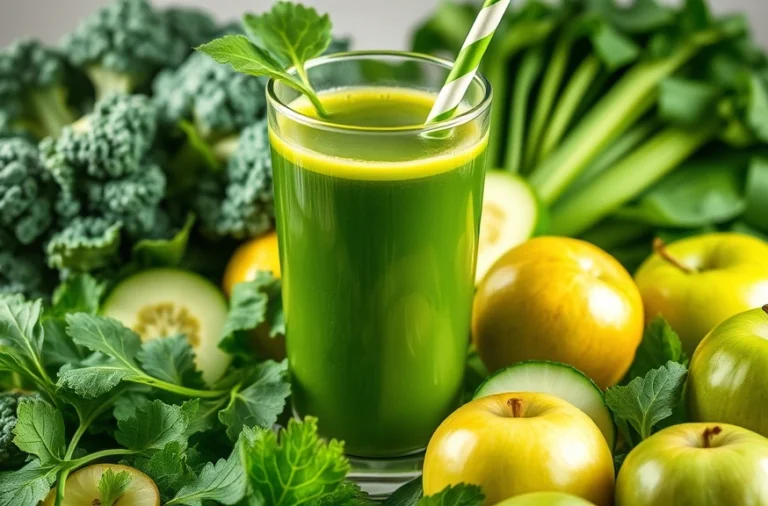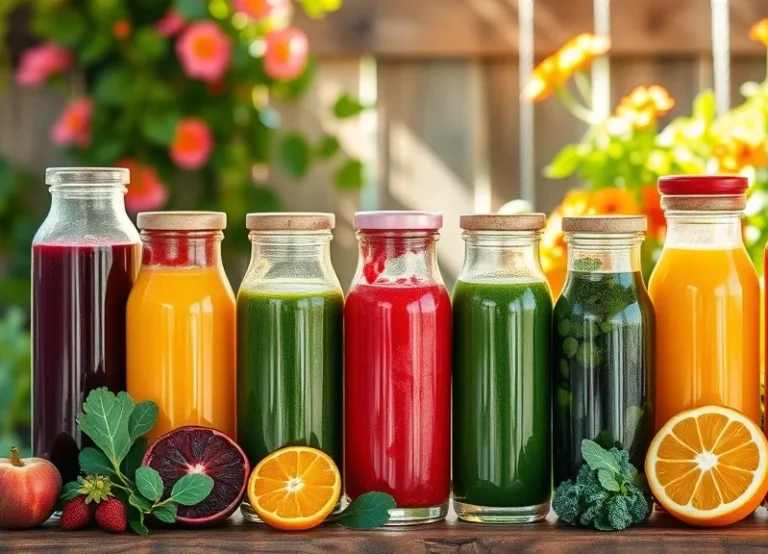13 Foods to Avoid When Going Gluten-Free (Your Gut Will Thank You!)
Going gluten-free can be a life-changing decision, offering relief from digestive discomfort, bloating, and inflammation. However, navigating the world of food labels and hidden gluten sources can feel overwhelming at first.
While embracing a gluten-free lifestyle opens the door to healthier choices, it’s just as important to know which foods to avoid to prevent accidental gluten exposure. Many everyday items—some seemingly harmless—can contain hidden gluten, making it essential to stay informed.
In this guide, we’ll uncover 13 common foods that may secretly contain gluten, helping you make smarter, gut-friendly choices while still enjoying delicious, satisfying meals. Get ready to take control of your health and thrive on your gluten-free journey!
1. Wheat-Based Products
Wheat is the most obvious gluten-containing ingredient, often found in breads, pastas, and baked goods.
When choosing gluten-free options, it’s essential to check labels carefully, as wheat can be hidden in products like sauces and soups.
Instead, consider alternatives such as almond flour tortillas or zucchini noodles for a hearty meal without the digestive distress.
Your gut will appreciate the switch, and you can enjoy a variety of textures and flavors!
2. Barley
Barley is a grain that contains gluten and is commonly found in soups, stews, and even some malts.
While it offers a nutty flavor and chewy texture, it’s best to steer clear when you’re avoiding gluten.
Substitutes like quinoa or rice can provide similar satisfying textures in your dishes without the gluten content.
These alternatives are not only delicious but also packed with nutrients, making them perfect for a healthy diet.
3. Rye
Rye is another grain that contains gluten and is often used in breads and cereals.
It can be tempting to reach for rye bread due to its health benefits, but it’s crucial to remember that it can cause issues for those with gluten intolerance.
Instead, try gluten-free bread options made with rice or corn flour, which can be just as satisfying.
This way, you can enjoy your favorite morning toast without the worry!
4. Processed Foods
Many processed foods, including chips, sauces, and dressings, often contain gluten as a stabilizer or thickening agent.
It’s essential to read ingredient labels thoroughly to avoid unexpected gluten.
Opt for whole foods or those specifically labeled gluten-free to ensure you’re making healthy choices for your gut.
Homemade versions of these items can also be a great way to control what goes into your meals.
5. Beer and Malt Beverages
Beer is typically brewed from barley, making it a no-go for those avoiding gluten.
However, the craft beer market has seen a rise in gluten-free brands using sorghum or rice.
These alternatives can provide the same refreshing experience without the gluten.
If you’re a fan of cocktails, consider gluten-free spirits, which can be enjoyed in various delicious drinks.
6. Soy Sauce
Soy sauce is often made with wheat, making it unsuitable for a gluten-free diet.
However, gluten-free alternatives, such as tamari, are widely available and provide a similar umami flavor.
Using tamari in your marinades and stir-fries can elevate your dishes without compromising your health.
You can also experiment with coconut aminos, which offer a slightly sweeter taste.
7. Certain Condiments
Condiments like ketchup, mustard, and mayonnaise can sometimes contain gluten.
It’s crucial to check for gluten-containing ingredients, especially in pre-packaged products.
Homemade versions of these condiments are easy to whip up and can taste fresher and healthier.
For instance, a simple mix of tomatoes, vinegar, and spices can create a delicious gluten-free ketchup that your whole family will love.
8. Seitan
Seitan, often called wheat meat, is made from gluten and is a popular meat substitute among vegetarians and vegans.
However, it’s a definite no when avoiding gluten.
Instead, consider alternatives like tempeh or tofu, which can provide the protein and texture you’re looking for without the gluten.
These options can be marinated and grilled, making them a delicious addition to your meals.
9. Processed Meat Products
Processed meats like hot dogs and sausages often contain gluten as a filler or flavoring agent.
Choosing gluten-free versions or opting for fresh, unprocessed meats can keep your meals safe and nutritious.
Look for brands that explicitly label their products as gluten-free.
This way, you can enjoy hearty meals without compromising your gut health.
10. Oats (Unless Certified Gluten-Free)
Oats are often cross-contaminated with gluten during processing.
To enjoy oats safely, look for brands that specifically state they are gluten-free.
These oats can be used for breakfast bowls, baking, or even savory dishes.
Incorporating gluten-free oats into your diet can provide a wholesome, fiber-rich option that supports gut health.
11. Packaged Snack Foods
Many packaged snacks, including granola bars and crackers, can contain gluten.
It’s essential to read the labels and look for gluten-free certifications.
Alternatively, you can create your own snacks using gluten-free ingredients, ensuring you know exactly what you’re consuming.
Homemade energy bites or popcorn can be delicious and healthy options that cater to your cravings.
12. Some Dairy Products
Certain dairy products, especially those processed with additives and flavorings, can contain gluten.
Cheeses and yogurts may have gluten-containing ingredients, so it’s best to choose simple, whole varieties.
Opt for natural cheese and yogurt options, or explore plant-based alternatives that are naturally gluten-free.
These choices not only keep your gut happy but can also introduce new flavors to your meals.
13. Gluten-Containing Flours
Flours made from wheat, barley, or rye are off-limits when going gluten-free.
Instead, explore gluten-free flours such as almond, coconut, or chickpea flour for your baking and cooking needs.
These alternatives not only provide a gluten-free option but also bring unique flavors and nutritional benefits to your dishes.
Experimenting with different flours can open up a world of culinary possibilities!
Conclusion
Avoiding gluten doesn’t have to be a daunting task; understanding which foods to steer clear of is the first step towards a healthier lifestyle.
By making informed choices and opting for gluten-free alternatives, you can create a vibrant and delicious diet that supports your gut health.
Embrace your gluten-free journey and feel the positive changes in your body!







